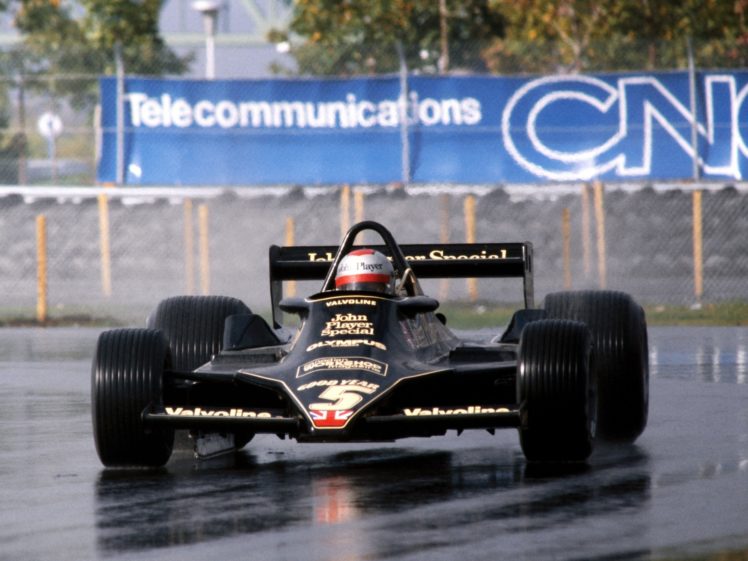
it speeds up very suddenly indeed as the gap closes to almost nothing (hence ‘ground effect’). The increase in air speed as the gap between the road surface and opening is narrowed is vastly more than proportional – i.e.

But further than that, the close proximity to the ground of the sidepod’s entry massively magnified the effect by accelerating the air as it was sucked through the small gap between track surface and the bottom of the radiator. The channel the air passed through changed in section as it went back, with a narrow inlet opening into a central ‘throat’ and then a further sudden expansion into a diffuser at the sidepod exit just ahead of the rear wheel and suspension.Īirflow follows the Bernoulli principle whereby the pressure reduces as its speed increases – the venturi shape manipulating the airflow to accelerate and thereby reduce the pressure. However, it was the placement and angle of those radiators, and the shaping of the auxiliary fuel tanks also housed within the sidepods, that created the internal venturi shape so crucial in exploiting the airflow. That negative pressure was created by the internal shaping of the sidepods, which had an opening at the front, close up behind the front suspension, ostensibly to feed the radiators that were placed there. Those skirts were to make a seal between the underbody and the road, a crucial part in propagating negative pressure beneath the car. The central tub was unusually narrow and the sidepods took up a far bigger proportion of the car’s width, while running along the bottom of those sidepods were skirts – brushes initially, later solid nylon. The proportions of the 78 (as seen in the image below) were very different to those of its contemporaries, and therein lay the clue to the radically different way its aerodynamics worked. Forty years ago, the 78’s successor, the Lotus 79, became the first ground effect car to win the world championship, with Mario Andretti at the wheel.

The car which made that breakthrough was the Lotus 78 of 1977, which ushered F1 into the era of ground effect. Getting the principle to work on a skinny-bodied, open-wheel single seater initially seemed unfeasible. But they were cars with wide, wheel-enclosing, bodywork.


The idea of using the underside of a racing car to generate negative pressure and effectively suck the car towards the track had first been exploited in the Can-Am sports cars series in the 1960s.


 0 kommentar(er)
0 kommentar(er)
